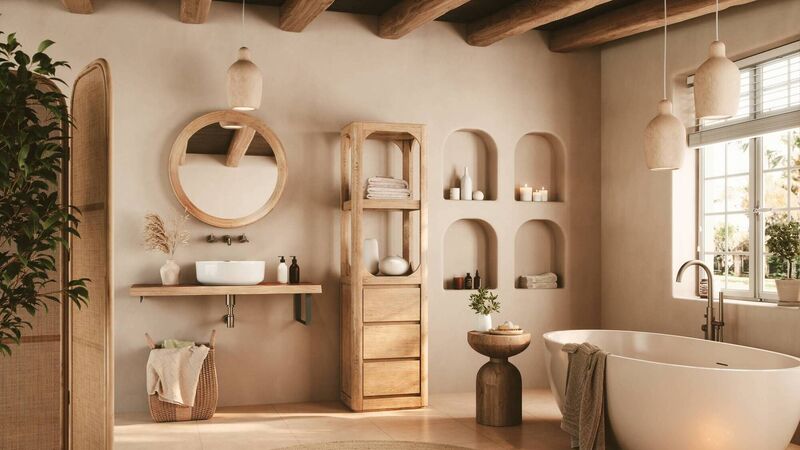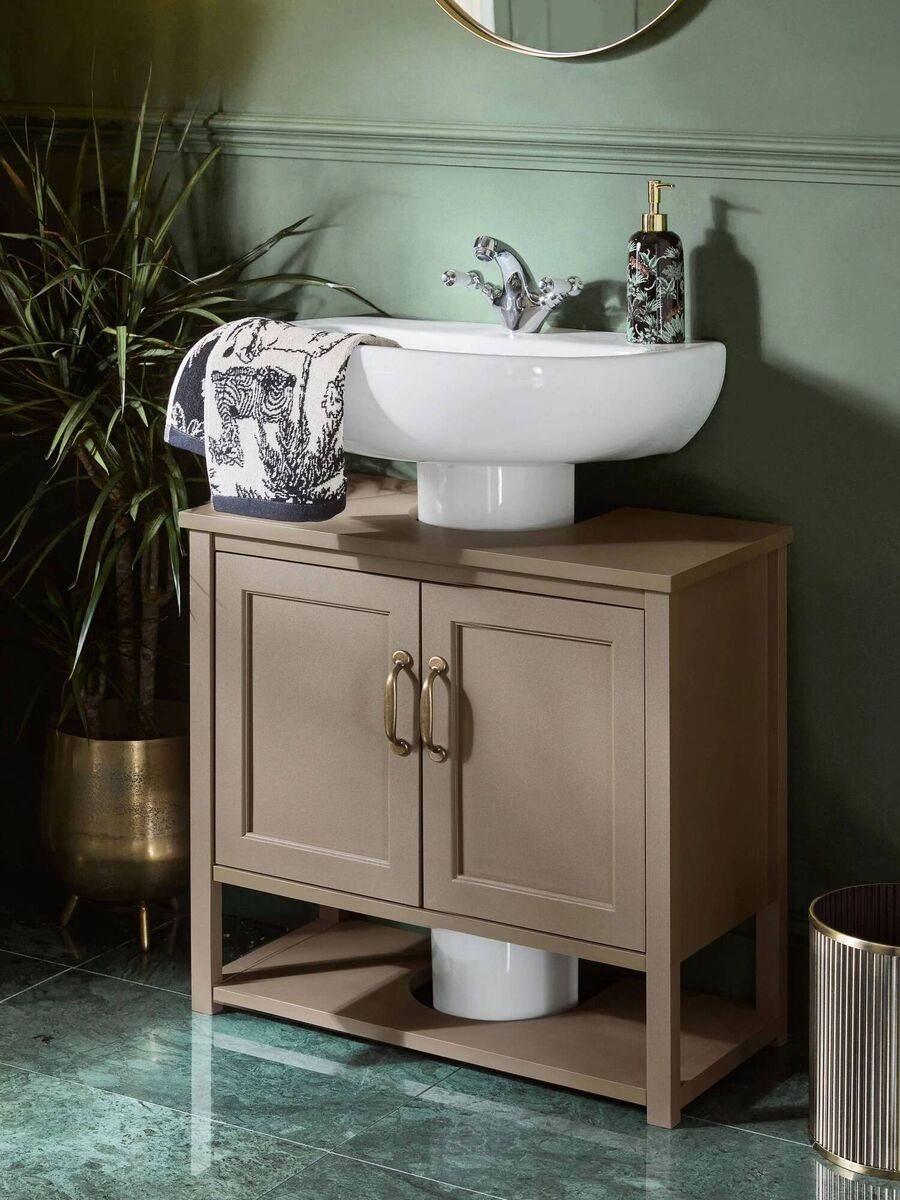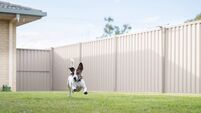Home Q&A: Everything you need to know about bathroom vanity units

A bathroom without a vanity is sometimes easier on the eye, allowing light to flow across the room and right back to the wall. Picture: iStock
WHATEVER the dimensions of your bathroom, if you choose to include a vanity unit, it is likely to be the anchor furnishing. The showrooms are heaving with beautiful possibilities in fluted fronts, weighty period doubles and crisp colourways, but take note of a few considerations before diving in. As the vanity may (or may not) form part of the wider storage possibilities of the space, let’s start there, with storage notions in general.














